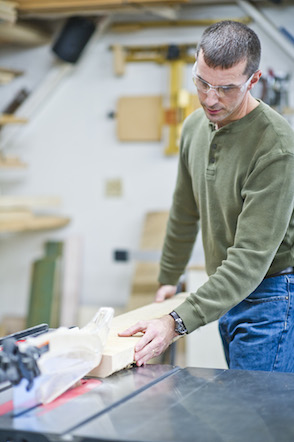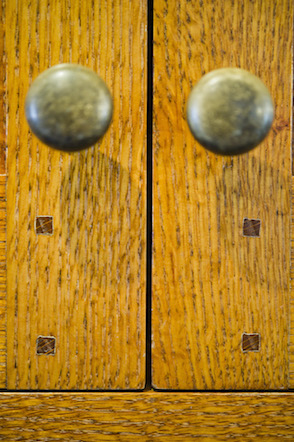
Most of the time, the art is in the wood. Take for instance, curly maple. When finished correctly, as the light meanders across its surface, it has the luminescence of silk, a captivating beauty. Why does this 1% of maple lumber have a curly figure? Though theories abound, no one really knows. I think God is just having fun.
Oh the joy in designing and building with wood.
The art is in allowing this to be on display. The same can be said for oak that is quarter-sawn, hickory that is character grade and cherry in every form. Check out the “woods” section and see for yourself.


My goal is to build that which will last for generations.
There are many ways to join two pieces of wood. I work to use the joinery method most appropriate for the application, which will stand the test of time.
For furniture construction, the “pegged mortise and tenon joint” has reigned as king for centuries. This is the joint that causes old barns and antique furniture to still grace us with their presence today. For drawers, nothing on earth is more solid or time-honored than the “dovetail joint”. For cabinet box construction, “pocket-hole joinery” maximizes both efficiency and strength.